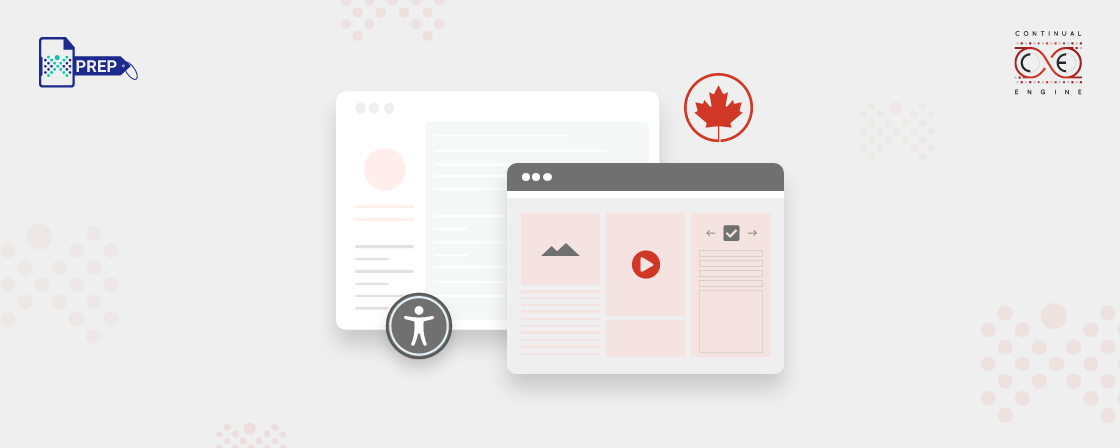What is AODA Compliance?
What are the 5 Standards of AODA?
- Information and communications (including your business’s digital documents, apps, and websites)
- Transportation
- Customer service
- Design of public spaces
- Employment
Who Must Comply with AODA Standards?
What Happens When One Doesn’t Follow AODA Compliance?
1. For Minor Cases
When a particular feature of a website is inaccessible to certain people with disabilities, such as text content being incompatible with a screen reader, these are considered minor violations.
2. For Moderate Cases
Showing a lack of concern for accessibility standards on digital platforms can result in negative consequences and are counted in moderate violation cases.
3. For Major Cases
How PREP’s Document Remediation Solution Can Help You?
PREP is an AI-enabled technology that makes it easy to import and tag content from PowerPoint (PPTX), Word Document (Docx), or PDF documents. It creates a hierarchical structure based on labels and tags, making it easier for screen reader users or assistive technology device users to navigate. It also allows users to annotate, assign tags, make corrections, and add alternative text (alt text) to images. Moreover, it can check documents for compliance with Section 508, WCAG 2.0, PDF U/A, and ADA.
We provide customized accessibility solutions for organizations and professionals at the most affordable rates! Contact us to learn more!
